André Derain
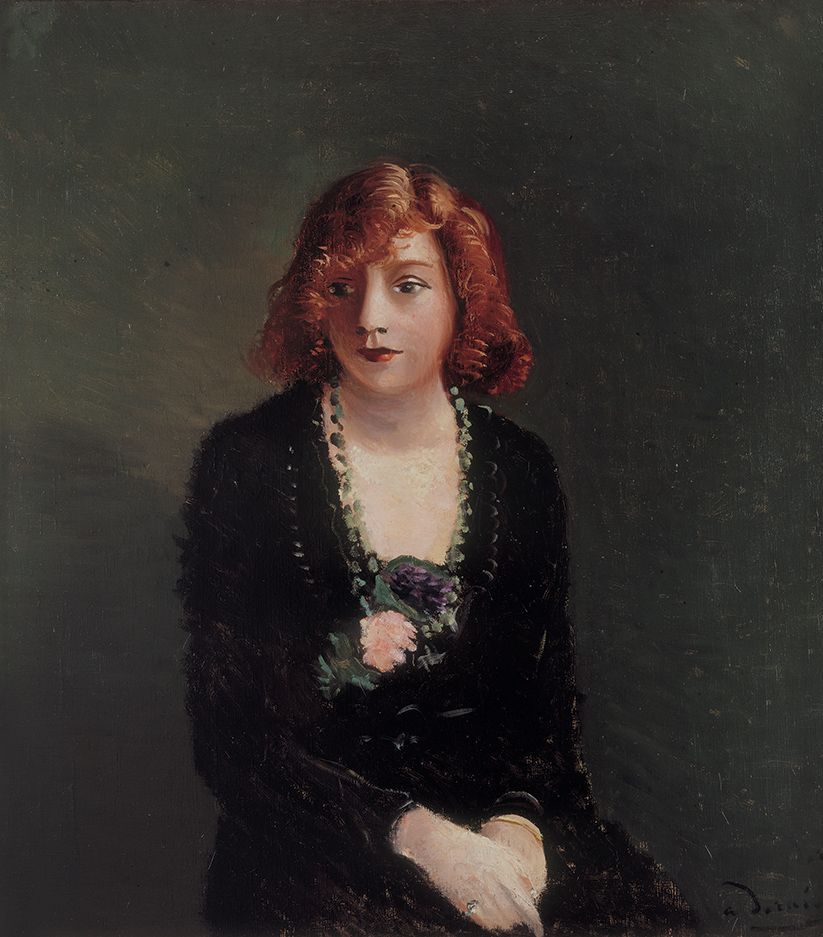

Selected Works
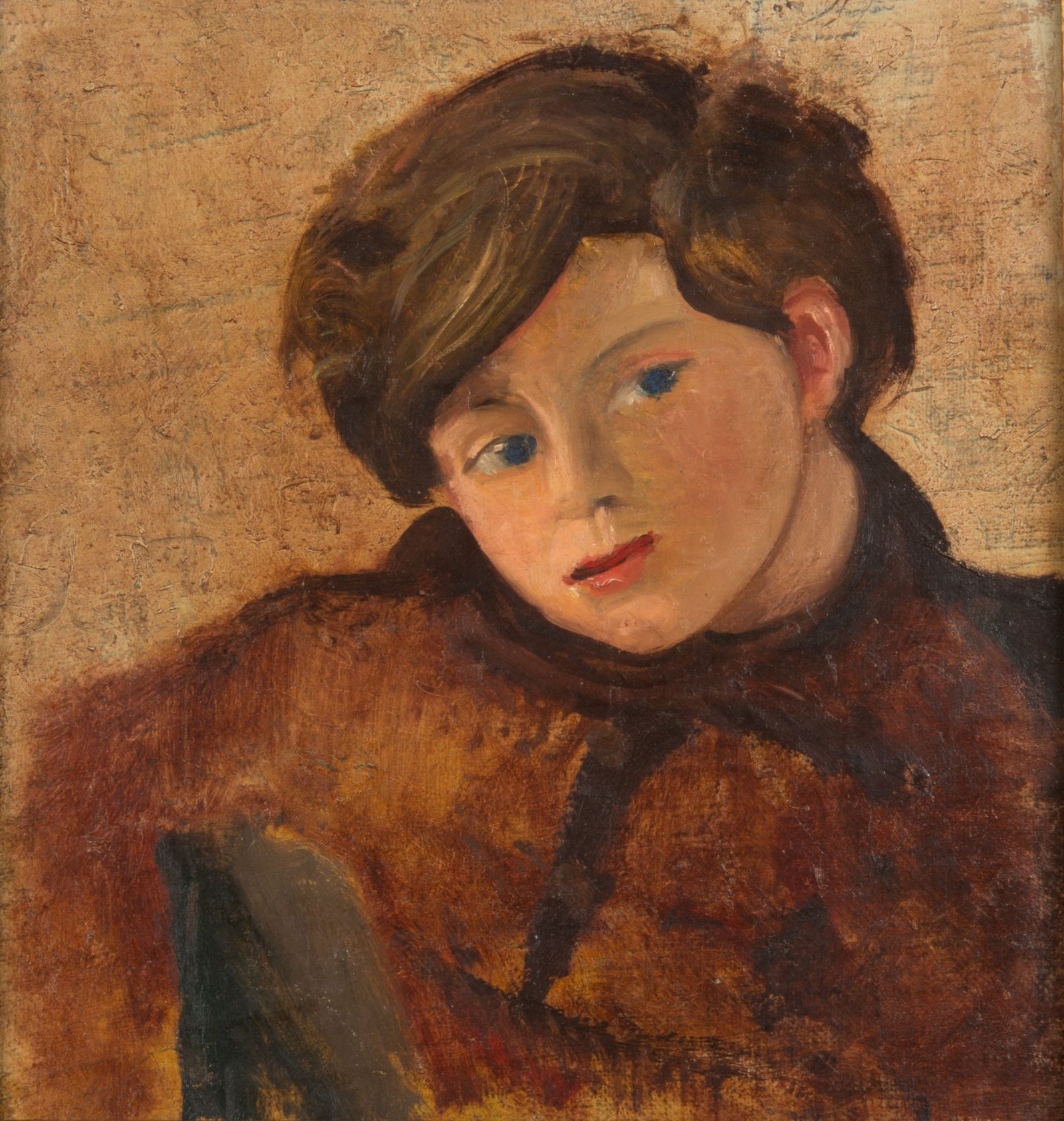
André Derain
Portrait de Boby, circa 1946-50
Oil on canvas
38 × 36 cm
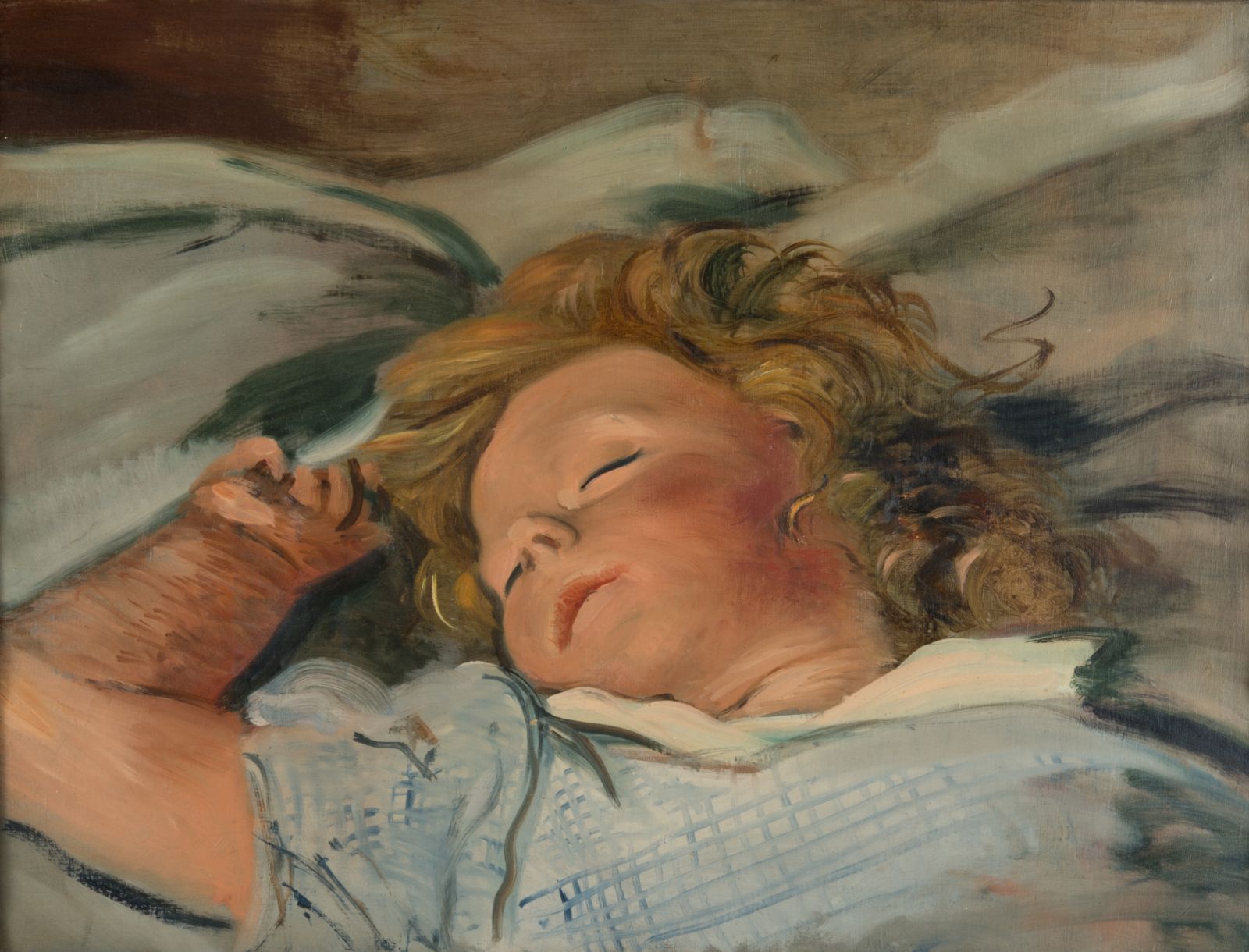
André Derain
Portrait de Boby dormant, circa 1940-45
Oil on canvas
45 × 59 cm
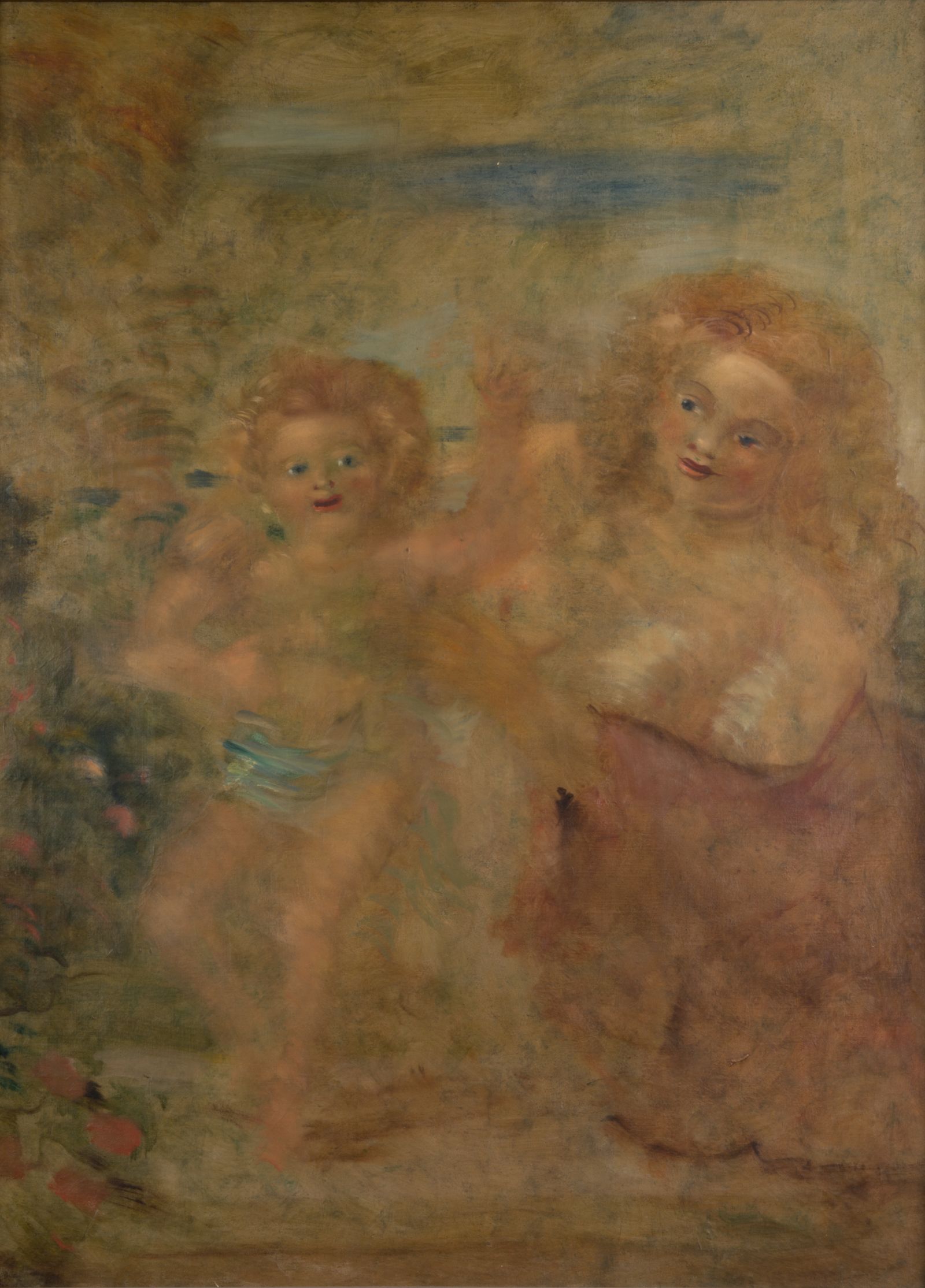
André Derain
Maternité, circa 1946-50
Oil on canvas
130 × 97 cm

André Derain
Portrait de femme aux mains croisées, vers 1924
Huile sur toile
91 x 81 cm
Signé en bas à droite
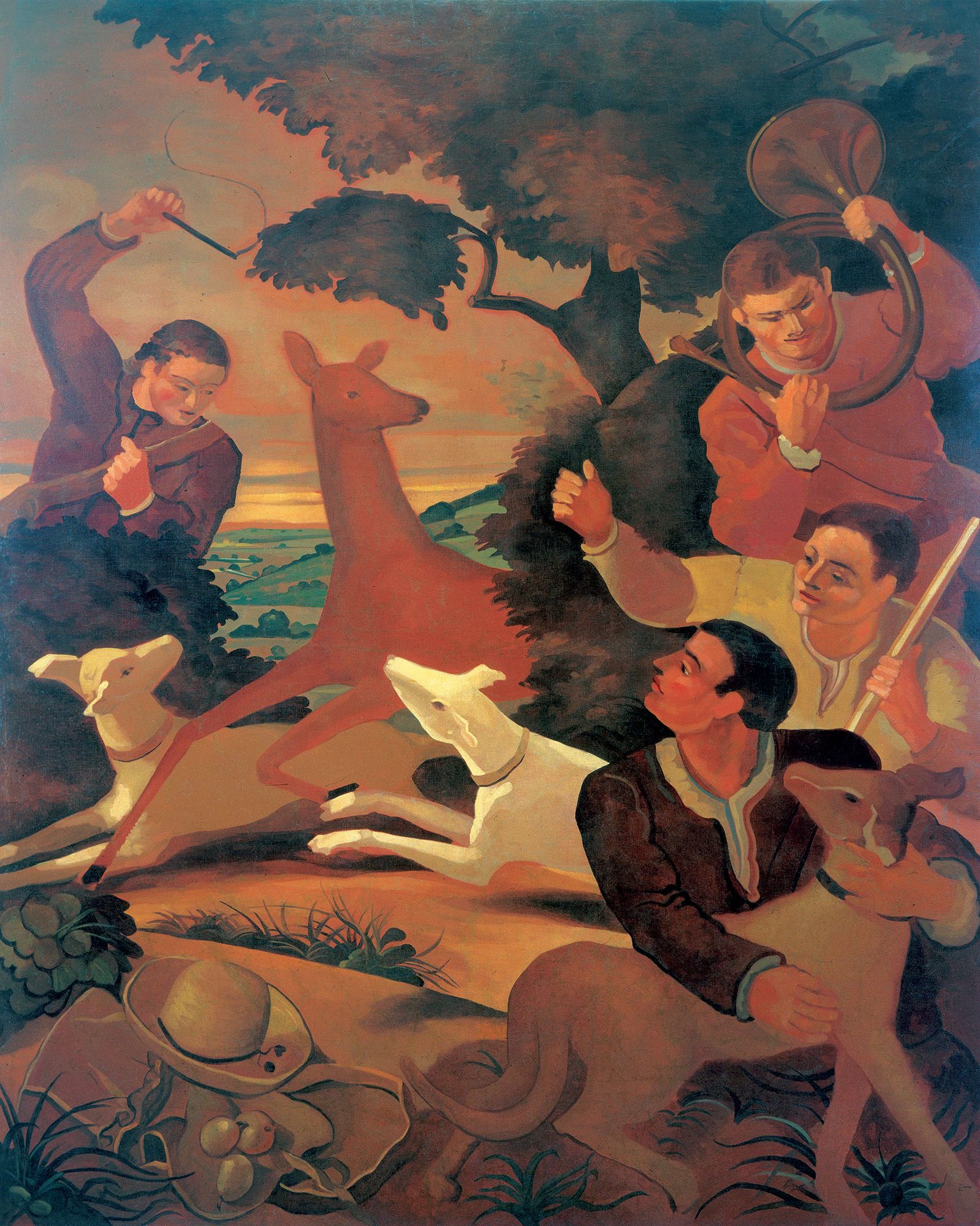
André Derain
Chasse au cerf, 1938
Huile sur toile
199 x 163 cm
Cachet de la signature
Some of the works depicted are no longer available.
Biography
André Derain is the leader of Fauvism. Indeed, he paints mainly in pure color in order to distance himself from any conventional and limiting contact. His significant meetings with Maurice de Vlaminck and Henri Matisse allow him to bring a new conception of light and a classical modernism to his work.
